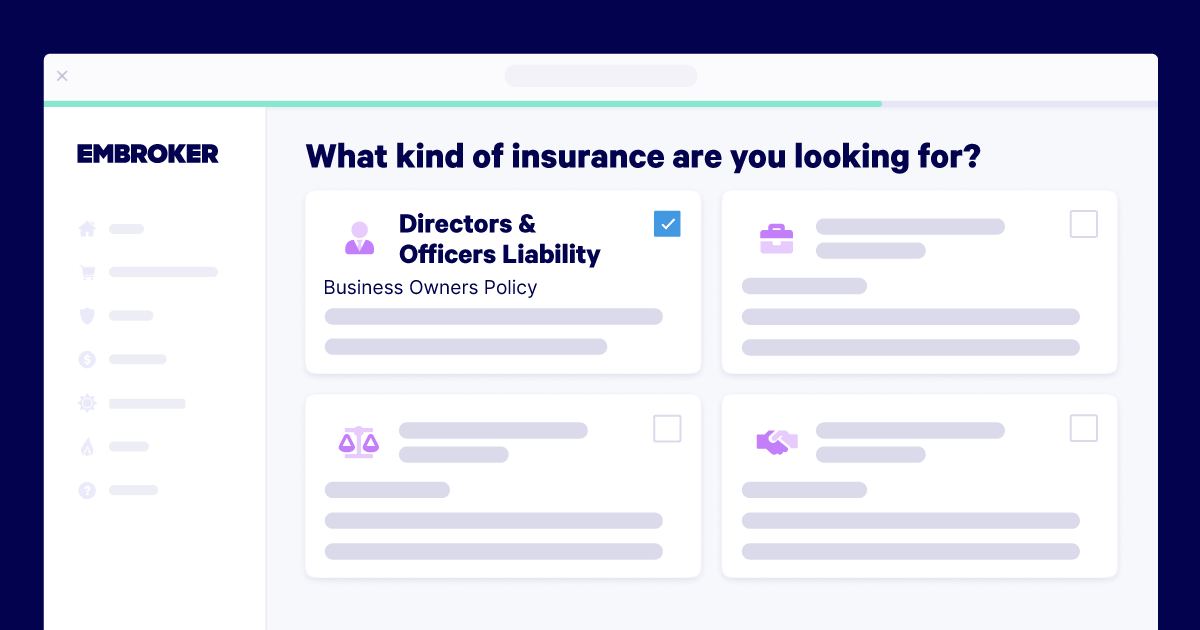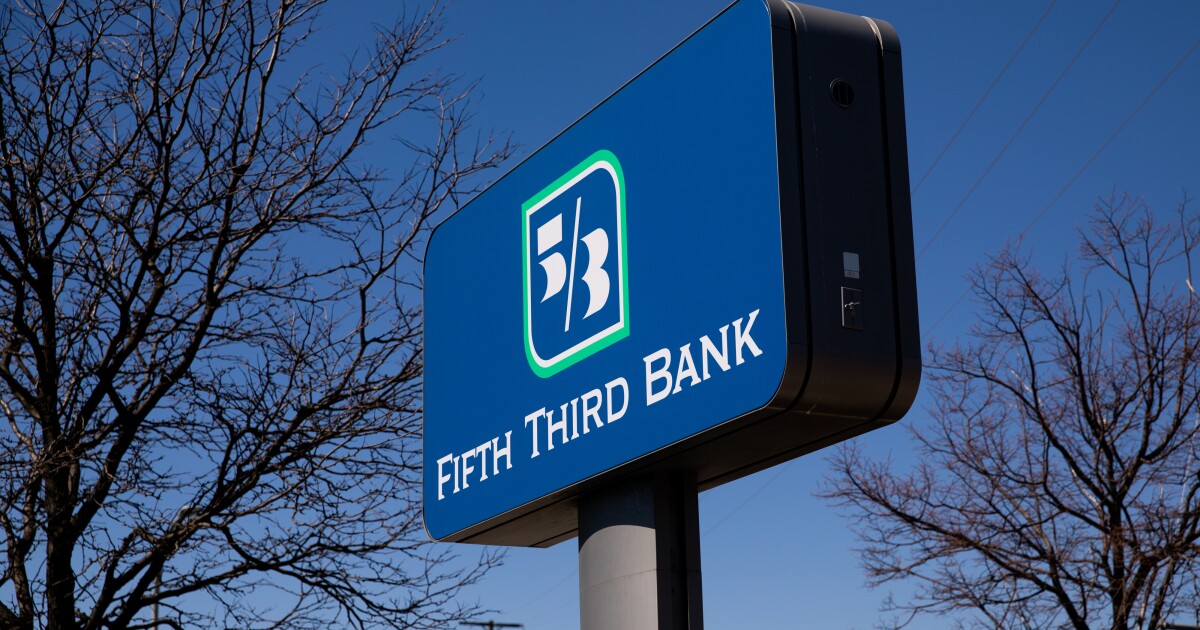Risk management is synonymous with home inspectors. After all, they help manage risk for prospective homebuyers.
But what about managing the risks that home inspectors themselves face? Or, is anyone thinking about home inspector risk management more broadly?
Risk management is crucial for a successful home inspection business. In fact, it’s been reported that 12% of every 1,000 home inspectors will have a claim within the first five years of business.
Accidental property damage, bodily injury, cyber incidents, upset clients – the list of risks associated with a career as a home inspector can go on. The key to dealing with these issues is to plan ahead with a risk management plan and be prepared to tackle unexpected problems that will inevitably pop up.
Want to learn how to create a home inspector risk management plan for your business? This guide has everything you need to get started.
What Is Risk Management and Why is It Important?
First thing first: What is risk management all about?
We particularly like this explanation from IBM:
“Risk management is the process of identifying, assessing, and controlling financial, legal, strategic and security risks to an organization’s capital and earnings. These threats, or risks, could stem from a wide variety of sources, including financial uncertainty, legal liabilities, strategic management errors, accidents and natural disasters.”
So why is risk management important? Every business, no matter the size, location, or industry, encounters risk. It’s part of doing business. Some risks are easy to deal with. But then other risks are a business owner’s worst nightmare with the potential for far-reaching and damaging consequences. Creating a risk management plan – and keeping it updated – will enable you to spot and respond to vulnerabilities before they threaten your business.
We’ll break it down this way: If you want your home inspection business to succeed long-term, you need a home inspector risk management plan, specifically. No exception.
The Risks Home Inspectors Need to Know About
Understanding the risks that could threaten your home inspection business is the first step in creating an effective risk management plan.
Strategic Risk
Every small business starts with a plan. But when things don’t go as planned and the business begins to suffer, that’s what’s known as strategic risk.
Strategic risk refers to situations when your business plans start to become irrelevant or ineffective, and you struggle to meet your business goals.
Strategic risks include a new competitor in the market, technological advancements that you haven’t utilized, and changes in customer demand. The crux of responding to strategic risk is being able and willing to adapt quickly.
Compliance Risk
This is a big one for home inspectors. Compliance risk concerns regulations that your business must adhere to in order to operate legally, and are crucial in creating a holistic home inspector risk management plan.
Certain states have legal requirements for home inspectors. The regulations may include insurance, licensing, and training requirements. Working as a home inspector without meeting these state-specific requirements, even if done unintentionally, can lead to hefty penalties and may even put an end to your home inspection business.
And if you have employees, you also must comply with all workers compensation requirements.
Getting to know all of the regulations in your state early on when starting your business can save you from dealing with legal repercussions as your business grows.
Reputational Risk
Ever heard the phrase “There’s no such thing as bad publicity”? Most small business owners who have dealt with bad publicity would beg to differ with that sentiment.
A business’s reputation with everyone it interacts with – customers, employees, partners, and investors – is essential for its success. So it’s no surprise that reputational damages can have devastating consequences. Poor customer reviews about inspections you’ve done, unfavorable news stories, negative social media interactions, data breaches, and employee lawsuits (such as allegations of harassment or discrimination) are examples of reputational risks that can hamper your business.
Operational Risk
It’s pretty much a given that all businesses will face operational risk at some point. Things will inevitably go a bit awry and mistakes will happen. That’s to be expected. However, when not dealt with proactively, the consequences of operational risk can be catastrophic.
Operational risk relates to the day-to-day activities of your home inspection business. These risks are usually caused by ineffective internal processes, people, systems, or external events that impact business operations.
Examples of operational risk include employee error or negligence, cyber attacks, workplace safety hazards, failure to follow or enforce company policies, ineffective internal processes, employee retention and acquisition, internal or external fraud, and natural disasters. And, of course, let’s not forget that little operational risk we know all too well: a global pandemic.
Operational risk can never be completely eliminated, so it’s crucial to determine the level of risk you’re comfortable accepting.
Financial Risk
Every risk we’ve touched on already has some financial repercussions. However, financial risk specifically deals with business revenue and expenses and how they affect business operations.
For example, if your home inspection business has debt greater than your revenue, that would be considered a financial risk.
With financial risk, implementing strategies early on is key. Putting aside an emergency fund and keeping debt to a minimum can help mitigate financial risk.
Duty to Warn: A Specific Risk for Home Inspectors
A unique risk for home inspectors is the “duty to warn.” As the International Association of Certified Home Inspectors (InterNACHI) explains:
“If there is an imminent danger or hazard that can cause physical injury, the obligation to warn those who may be harmed outweighs any confidentiality they owe their client.”
Many inspectors consider it their ethical or moral duty to disclose imminent hazards uncovered during an inspection. InterNACHI’s Home Inspector Code of Ethics includes that all necessary parties be notified when a hazard “may affect the safety of others.”
Two examples of hazards that home inspectors say they would report to parties other than their client are concerns about carbon monoxide poisoning and lack of a temperature/pressure-relief valve on a hot water tank or furnace, which can lead to an explosion. Regardless of the defect uncovered, home inspectors should always take plenty of notes and photos during inspections, which can be vital information if a situation ends up in court.
Keep in mind that states may have their own “duty to warn” regulations, so make sure you know the specific requirements in your area. InterNACHI also notes it’s important that home inspectors have appropriate levels of general liability insurance and errors and omissions (E&O) insurance “for injuries caused by their negligence or their failure to warn of a defect they discovered or should have discovered during the course of their inspection.”
Home Inspector Risk Management: The Process
Now that you have an idea of the types of risks that could impact your home inspection business, the next step is to plan for them. As mentioned earlier, a home insopector risk management plan is crucial for any business in order to mitigate and manage threats.
The following are the steps to create a risk management plan for your home inspection business. Every business, even those operating in the same industry, will have unique risks, so take the time to carefully tailor a plan that accurately reflects your home inspection business.
1. Risk Identification
The first step in any risk management process is identifying potential threats to your home inspection business. Because you can’t plan for something you don’t know about. Make sure to consider all of the different risk categories and how each could influence your business.
2. Risk Analysis
Once you’ve identified risks, the next step is to analyze each one’s likelihood of occurring and severity. Risk analysis involves considering the qualitative and quantitative implications of each identified risk.
3. Risk Ranking
After analyzing the risks, you can sort and rank them based on their severity and probability of occurring. Ranking risks will help you to prioritize resources and funds to mitigate threats. A risk assessment matrix can help to visualize each risk’s likelihood and impact.
4. Risk Response
It’s time to take action. This is where you decide how you will respond to specific risks. The strategies you use could involve mitigation tactics, such as limiting who has access to sensitive information, or transferring the risk to a third party with insurance. For example, suppose you’re concerned about a data breach. In that case, you can transfer the associated financial risk of a data breach with cyber liability insurance.
5. Risk Monitoring
With risk management you can’t set it and forget it. Doing so will only lead to problems with the plan becoming out of date and irrelevant when you need it.
New risks will emerge. Your business will change. So once you create and implement a risk management plan, you don’t just put it away on some obscure shelf to collect dust and cobwebs (metaphorically speaking).
Ensure your risk management plan is a living document that is reviewed and updated regularly.
Insurance for Home Inspectors
You wouldn’t start a business without a strategy or funding, right? And you shouldn’t start one without a risk management plan, either. There are many unexpected occurrences when running a business – some good and some bad. A risk management plan will help you plan and prepare for those challenges so your business can stay on track and make the most of opportunities.
While there are different strategies for addressing risk, one of the most effective is to transfer risk to a third party. Even if your state doesn’t have insurance requirements for home inspectors, the risks remain. That’s why all home inspectors should invest in adequate insurance coverage, particularly general liability and E&O insurance policies, to protect themselves and their business.
Because preparing for risks before they become a problem is much easier than scrambling to do damage control after the fact.
To learn more about the insurance policies that can help protect your home inspection business, reach out to one of our expert brokers at any time.
Publisher: Source link











